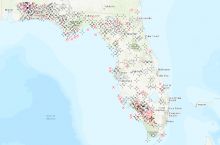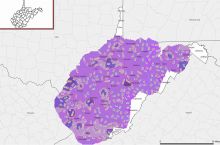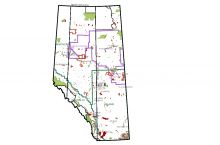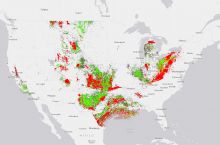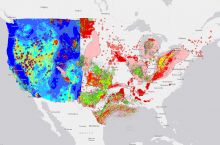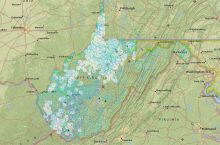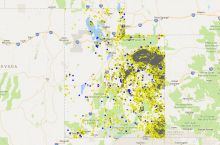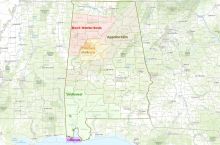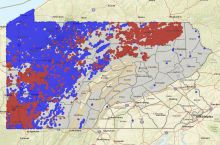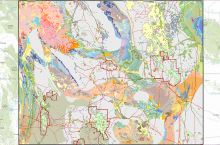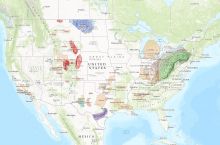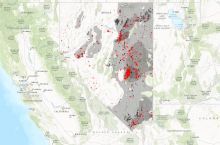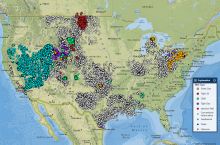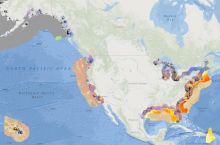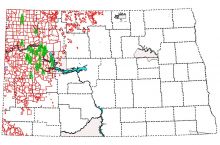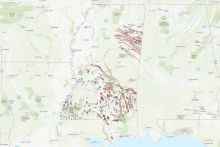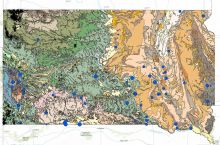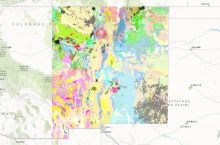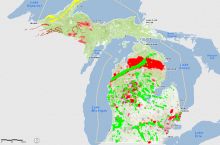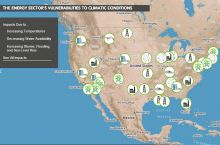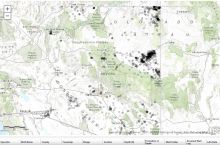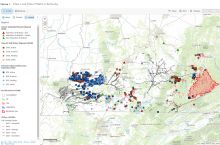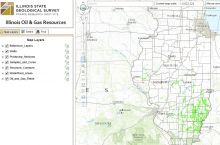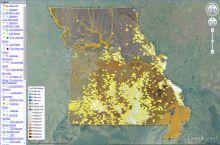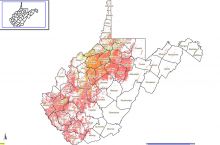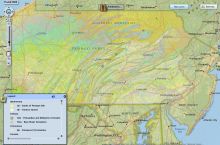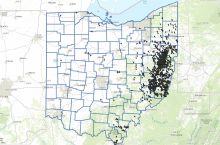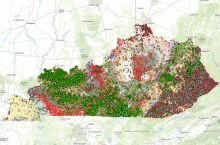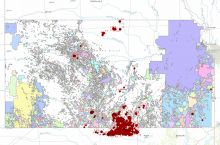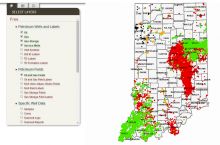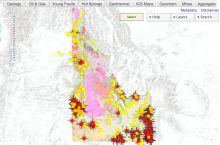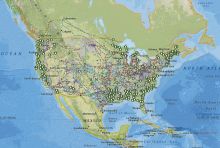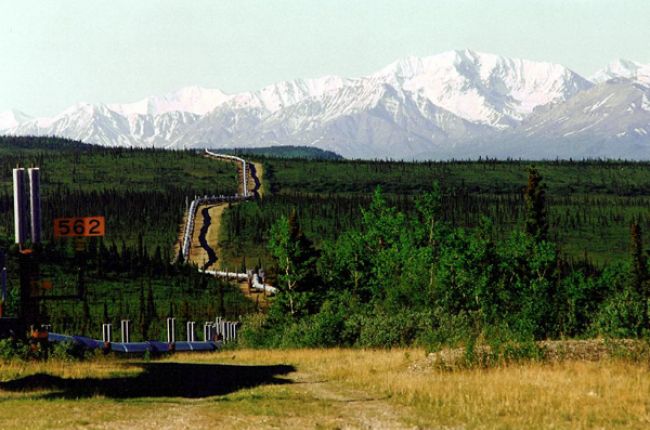
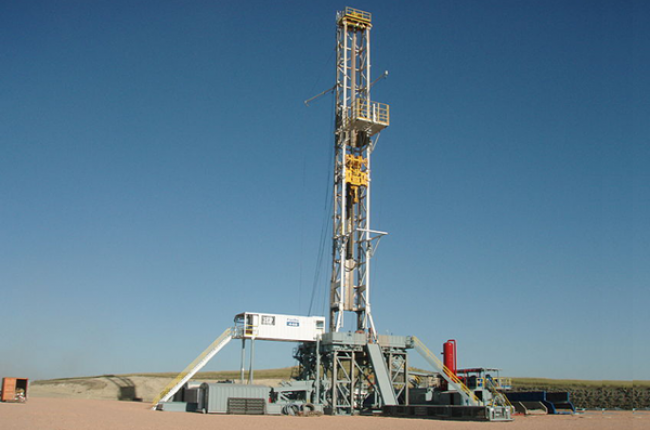
Petroleum ("oil") and natural gas form from tiny plants and algae that settled in seas or lakes millions of years ago. This organic material reacts under heat and pressure to form oil and/or gas.[1] Petroleum products include gasoline, heating oil, propane, and kerosene. Not to be confused with gasoline, natural gas is mostly methane — a clear, odorless gas. When burned, oil and gas release abundant energy as well as carbon dioxide and water.
Why do oil and gas matter?
Petroleum and natural gas are the largest energy sources for the United States. In 2017, 92% of transportation fuel came from petroleum,[2] while 32% of electric power and the majority of non-electric commercial/residential energy came from natural gas.[3,4] The United States has large oil and natural gas resources. Unconventional oil and gas resources, like shale gas and tight oil, are now accessible with the combination of the techniques of horizontal drilling and hydraulic fracturing.
How does geoscience help inform decisions about oil and gas resources?
Geoscientists use geophysics and geophysical techniques to find rock layers that contain oil or gas, and determine how much these rock layers might produce. Geoscientists also work to reduce the environmental impacts of oil and gas extraction.
References
1Oil and Petroleum Explained, EIA, www.eia.gov/energyexplained/index.cfm?page=oil_home
2Energy Use for Transportation, EIA, www.eia.gov/energyexplained/index.cfm?page=us_energy_transportation
3Electricity in the United States, EIA, www.eia.gov/energyexplained/index.cfm?page=electricity_in_the_united_states
4Use of Natural Gas, EIA, www.eia.gov/energyexplained/index.cfm?page=natural_gas_use
Learn More
Introductory Resources
- Oil and Petroleum Explained (Webpage), Energy Information Administration
Basic information on how oil was formed, products made from crude oil, refining oil, where U.S. oil comes from, prices and outlook, and oil and the environment. Also includes specific information on gasoline, diesel fuel, propane, and heating oil.
- Natural Gas Explained (Webpage), Energy Information Administration
Basic information on how natural gas was formed, delivery and storage, where U.S. natural gas comes from, imports/exports, prices, and natural gas and the environment.
- What You Need to Know: Fossil Fuels (Webpage), The National Academies
An in-depth overview of the current role of each fossil fuel energy source in the United States, the benefits and disadvantages of each energy source, and opportunities and challenges for using that energy source in the future. (Discusses coal, oil, and natural gas.)
Resources for Educators
- Education Resources Network, AGI's Center for Geoscience & Society
Search for oil and gas resources in: Professional Resources, Organizations, Curricula & Instruction, Teaching Media, Outreach Programs
- NGSS Performance Expectations, Next Generation Science Standards
K-ESS3-1, 4-ESS3-1, MS-ESS3-1, HS-ESS3-1, HS-ESS3-2
- NGSS Disciplinary Core Ideas, Next Generation Science Standards
ESS3.A
Frequently Asked Questions
Do you have a question that's not listed here? Search all FAQs




